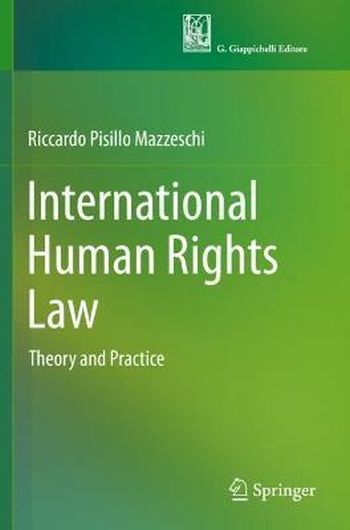
This textbook provides a thorough and systematic overview of human rights law, including the most relevant practice and case law, but also dealing with theoretical issues. It pursues an original approach, seeking to reconcile its didactic purpose with a scientific one, positing that there must be a necessary synergy between these two purposes. Furthermore, the author is convinced that international human rights law should not be studied (as is done in virtually every textbook) as a special legal regime, separate and autonomous from the overall system of international law; but as a regime that is fully integrated into the international legal order.
The book's dominant theme is the interrelationship of international human rights law and general international law. Following this approach, the author has chosen to devote comparatively little content to institutional issues (Part IV) and to instead more intensively explore the structural impact of human rights law on the entire international order (Part I); on the sources (Part II) and obligations (Part III) of general international law; and what constitutes "fundamental" human rights (Part V), without neglecting other rights (Part VI).